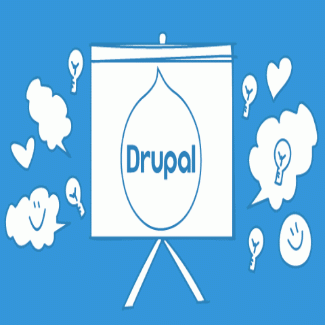Introduction to Web Accessibility

What makes digital content accessible?
The Web Content Accessibility Guidelines (WCAG, pronounced “wuh-cag”) are international standards that have identified four accessibility principles.
These are sometimes known by the acronym, "POUR":
- Perceivable: People can perceive of content through at least one of their senses.
Example: People who are Blind can use web content by having a screen reader read it to them. - Operable: People can use interactive elements, no matter how they are interacting with the content.
Example: People who can't use their hands should be able to click buttons using dictation software. - Understandable: People should be able to understand what the content means and how to use it.
It should be predictable and consistent.
Example: People using any device or assistive technology should be able to identify links and understand what happens when they click them. - Robust: When websites are designed according the best practices, people should be able to use them on any device or with any type of assistive technology.
What is Web Accessibility
Web accessibility means that websites, tools, and technologies are designed and developed so that people with disabilities can use them. More specifically, people can:
- perceive, understand, navigate, and interact with the Web
- contribute to the Web
Web accessibility encompasses all disabilities that affect access to the Web, including:
auditory; cognitive; neurological; physical; speech; visual
Web accessibility also benefits people without disabilities, for example:
- people using mobile phones, smart watches, smart TVs, and other devices with small screens, different input modes, etc.
- older people with changing abilities due to ageing
- people with “temporary disabilities” such as a broken arm or lost glasses
- people with “situational limitations” such as in bright sunlight or in an environment where they cannot listen to audio
- people using a slow Internet connection, or who have limited or expensive bandwidth



